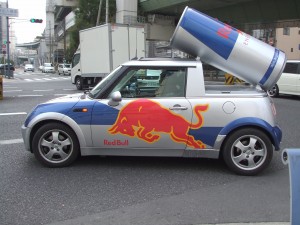When I was looking at brandchannel website wondering what to write, I came across an interesting post.
It’s about the Japanese company’s new mascot named “Fukuppy”.
However, I don’t even know this company and this mascot seems to draw little attention since nothing but the company’s official page came up when I googled the Mascot’s name in Japanese.
Its name in English caused a debate and consequently the company apologized for inappropriate name on the website. We could never think of it before but in this time of globalization, we have to be consider the cases where it’s brought into other countries or cultures beforehand.
http://www.brandchannel.com/home/post/2013/10/15/Fukuppy-Japan-Mascot-101513.aspx
Mascots are fairly common and quite effective if you want to people to know your organization, products or brands because they are impressive and easy to recognize.
Quite a few sports teams and companies have their own mascots.
For instance, FIN from Vancouver Canucks, Ronald McDonald from Macdonald’s etc.
We have Thunderbird here at UBC.



Recently, mascots have become pretty common and popular in Japan, especially the ones created to promote the provinces or cities. We even have a contest to decide the best mascot.
Kumamon, as is mentioned in the blog in brandchannel, is one of the most successful mascots. He is a mascot of Kumamoto prefecture, in western Japan.
He has an official blog, goods such as bookmarks and alarm clocks and even Twitter and Facebook account with 289,594 followers and 141,336 likes!
You can also send a letter to him though they say he cannot reply to all of us because he is quite busy.
Here is the link so take a look if you are interested. (They are all in Japanese unfortunately)
http://kumamon-official.jp/
Thanks to Kumamon, Kumamoto prefecture has successfully attracted attention and it is said the total sales of the Kumamon goods last year reached 29 billion.
He’s already traveled to Shanghai, Taipei and Singapore for promotion.
They are said to be aiming to make the “bear” a worldwide mascot.






